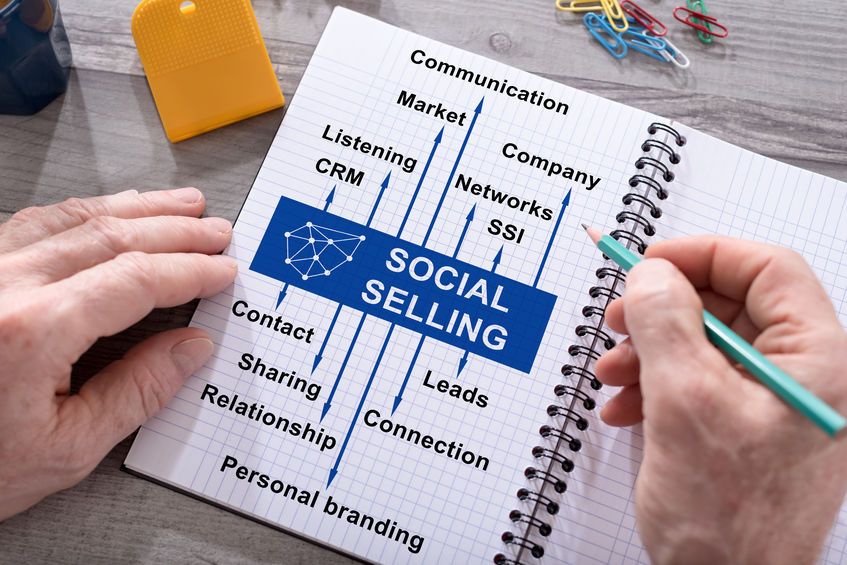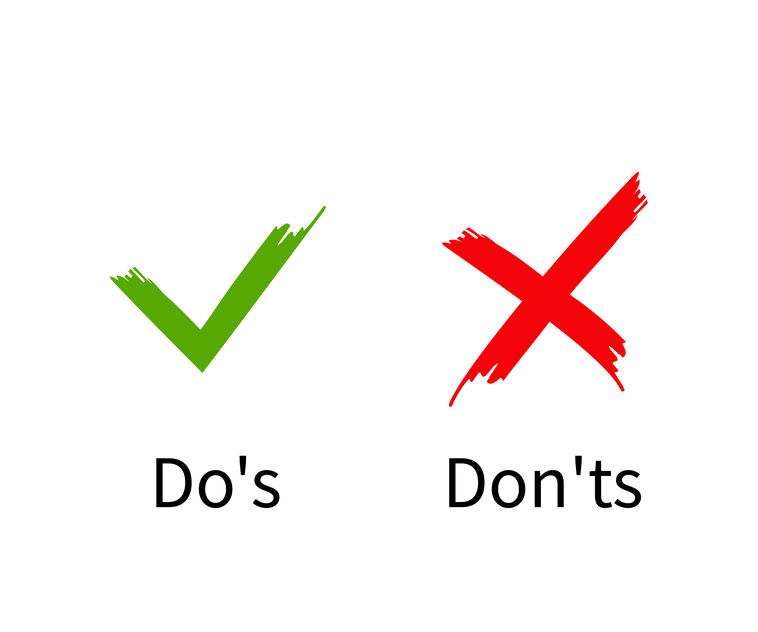
Trade Press Services had the pleasure of speaking with John Golden, chief strategy and marketing officer of Pipeliner CRM and publisher of Sales POP! Magazine blog. Golden is the Amazon bestselling author of Winning the Battle for Sales: Lessons on Closing Every Deal from the World’s Greatest Military Victories and Social Upheaval: How to Win at Social Selling. In a time when connecting digitally is increasingly important, we appreciate his insights and expertise on social selling.
What is Social Selling?
“At its core, it’s relationship building. People crave connection and social selling enables connection,” says Golden. Social selling is the process of using digital and social media networks to establish, develop and nurture meaningful relationships with prospects and clients. “Social selling harnesses buyer behaviors to go online to discuss issues and discover solutions with their networks,” Golden says. Today, many buyers create profiles and contribute online via major networks like Twitter, Facebook and LinkedIn. Within those platforms, they share content, connect with contacts and create productive conversations. If you’re not using social selling in your sales and marketing toolkit, you’re missing out on numerous growth opportunities.
The Do’s and Don’ts of Social Selling

Of course, as with any strategy, tactic or program, there are do’s and don’ts to follow. Here are some of them.
- Be insatiably curious. Social selling gives you the power to research and understand your target market with a special intimacy. Leverage the closeness. “It’s an important skill to be insatiably curious about your buyers, their issues and needs,” advises Golden. Social networks give you the ability to engage with your prospective buyers in new ways. Use it to understand their pain points, get involved in the conversation and discover the solutions they seek.
- Don’t let technology get in the way. Although social selling relies heavily on the digital element, it is important to maintain a balance with the personal touch. According to Golden, “Focus on the buyer relationship and do not let the technology push the consumer out of the way.” Technologies designed to produce inbound sales leads and other types of marketing automation can lead to a misaligned focus. “Ideally, technology should be an enabler,” says Golden.
- Don’t stand on a soapbox. The truth is, no one cares how much you know until they know how much you care. Rather than preach, engage. “What difference does a lot of content make if it’s just noise and you’re not engaging with anyone?” Golden asks. It’s easy for relevant and meaningful content to be lost in a sea of social media newsfeeds, newsletters and other content. A part of this comes down to distribution via proper channels, but it’s also about fostering and building engagement. One way to accomplish this goal, according to Golden, is to not simply “like” and “share” content with your network but to comment on the content with something meaningful.
- Be prepared for virtual engagement. Especially in light of the current pandemic, many of us are working remotely. More than ever, we’re connecting with each other via digital communications methods. We may be virtual, but it doesn’t mean we should forget our manners and people skills. “Turn on your cameras,” says Golden. Remote exchanges are still conversations. Say hello, greet participants warmly and with a smile. That helps put a face to the name. While you might feel awkward at first, get over it. “Virtual communication isn’t going anywhere any time soon, so practice and hone in on the skills required to make connections via this form of communication,” he adds. Golden provides these simple tips for virtual engagement that can go a long way to put you a step ahead in your buyer relationships:
- Practice ahead of time.
- Test your technology such as video, screen share or recording.
- Be prepared with your notes.
- Understand the methodology of sales and business. “It’s a big mistake to engage with prospects with no understanding of how to leverage the psychology of sales,” Golden warns. At its core, social selling isn’t different than what we may call “traditional” selling. You still have to understand your market, their needs, challenges, goals and how you fit into the equation.
Value is at the Heart of it All

“As with every part of sales, it’s all about communicating value quickly and concisely,” Golden says. “In a time of major business interruption, weighing costs and values are even more important, and communicating value meaningfully will boost buyer confidence.” Social selling techniques that engage genuinely and convey the value proposition of your product and firm provide an opportunity for companies to get ahead.
